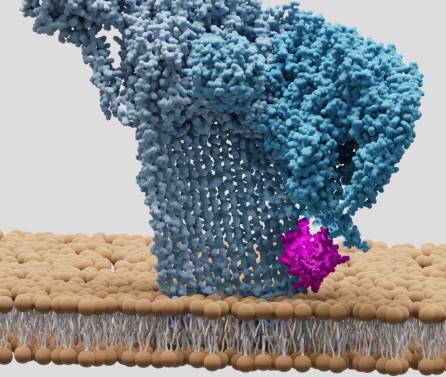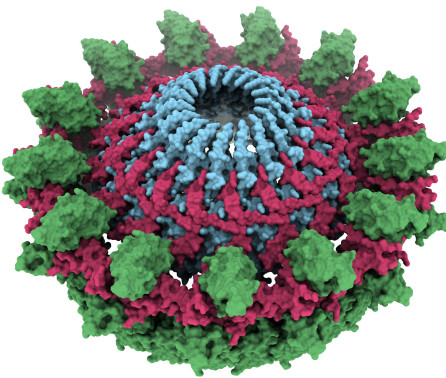BibTex format
@article{Luther:2014:10.3390/biology3040846,
author = {Luther, PK and Squire, JM},
doi = {10.3390/biology3040846},
journal = {Biology (Basel)},
pages = {846--865},
title = {The intriguing dual lattices of the Myosin filaments in vertebrate striated muscles: evolution and advantage.},
url = {http://dx.doi.org/10.3390/biology3040846},
volume = {3},
year = {2014}
}

